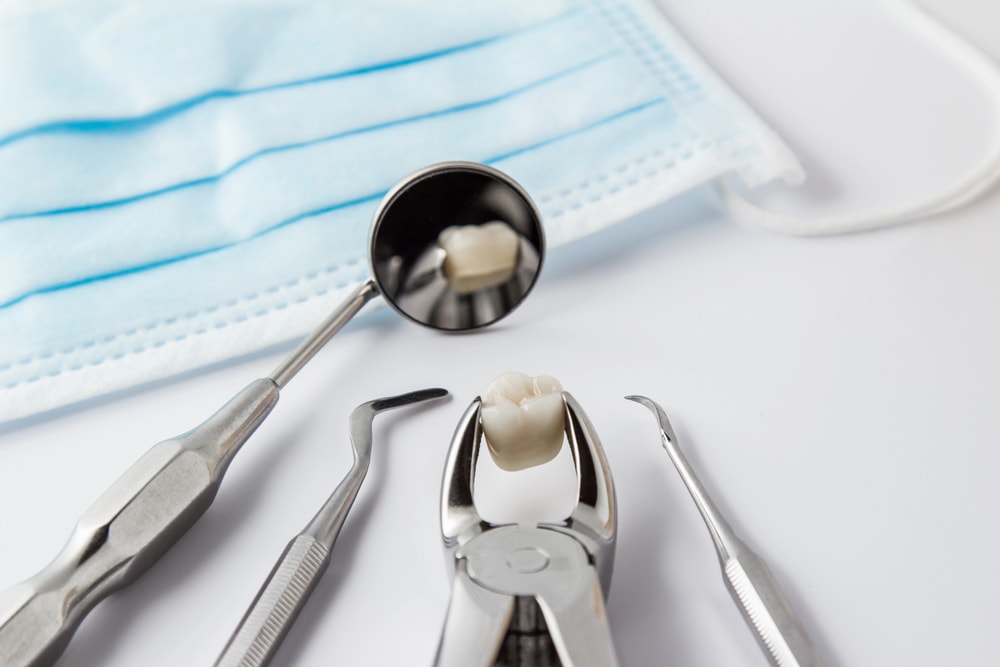Dental extractions are a common procedure performed by dentists. They are necessary to address tooth decay, gum disease, or impacted teeth. Tooth decay, resulting from poor oral hygiene or untreated cavities, can lead to severe damage, making extraction the only viable solution. Similarly, advanced gum disease can cause the supporting bone structure to weaken, necessitating the removal of affected teeth. Impacted teeth, which fail to erupt properly through the gums, may also require extraction to prevent pain or infection.
Dentists use X-rays and clinical examinations in a dental clinic to determine the need for extraction. Common indicators include persistent tooth pain, infection, or overcrowding. Patients experiencing such issues should seek timely intervention to prevent further complications. Understanding the reasons for tooth extraction is crucial in maintaining oral health and preventing the spread of infection. By addressing extraction indications promptly, individuals can preserve their overall dental well-being and ensure a healthy, pain-free smile.
The Tooth Extraction Procedure
From initial examination to post-extraction care, each step in the tooth extraction procedure aims to ensure a smooth and efficient process while promoting a speedy recovery and optimal oral health.
- Upon arrival at the dental clinic, the extraction procedure commences with a thorough examination of the patient’s oral health and a discussion of the treatment plan.
- The dentist ensures the patient is comfortable before administering local anesthesia to numb the extraction site.
- Once the area is numb, the dentist uses specialised dental tools to loosen the tooth from its socket gently.
- The tooth is carefully removed from the extraction site.
- After the tooth extraction, the dentist provides post-extraction care instructions to the patient, which may include guidance on pain management and the application of gauze to control bleeding.
- Proper gauze application is crucial in aiding the formation of a blood clot at the extraction site and is essential for proper healing.
- The dentist prioritises the patient’s comfort and safety throughout the tooth extraction procedure, ensuring a smooth and efficient process.
- Effective pain management and meticulous post-extraction care are vital aspects of promoting a speedy recovery and optimal oral health.
Types of Tooth Extractions
There are two main types of tooth extractions: simple and surgical.
- Simple Extractions: These are performed on visible teeth that the dentist can easily access. The tooth is loosened using an elevator and then removed with forceps.
- Surgical Extractions: This type of extraction is more complex and is typically done by an oral surgeon. It involves making an incision into the gum to access the tooth. Surgical extractions are often necessary for impacted teeth, such as wisdom teeth, that have not fully erupted.
Understanding the differences between these two extractions can help patients better prepare for their tooth extraction procedure.
Preparing for Tooth Extraction
In preparation for a tooth extraction procedure, patients are advised to follow pre-operative instructions provided by their dental healthcare provider carefully. These instructions may include steps to ensure a smooth and successful extraction process. Before the dental appointment, it is crucial to provide a detailed medical history to the dentist and undergo any necessary X-rays to assess the tooth and surrounding structures.
Additionally, patients may be instructed to fast for a certain period before the procedure, especially if they will receive anesthesia. It is essential to inform the dentist about any medications being taken, including blood thinners, for proper adjustment or temporary cessation. Patients experiencing dental anxiety should communicate this to their dentist to explore potential solutions or calming techniques.
Moreover, discussing anaesthesia options with the dental provider can help alleviate fears and ensure comfort during the extraction. By diligently following these pre-extraction guidelines and openly discussing concerns, patients can contribute to a successful and stress-free tooth extraction experience.
Key Takeaways
If you are considering a tooth extraction, remember that proper preparation and post-operative care are key to a successful procedure.
By working closely with the experienced team at Clyde North Dental Studio in Clyde North, VIC 3978, you can rest assured that your oral health is in good hands. Feel free to reach out to schedule a consultation and receive personalised care tailored to your needs.
Your journey to a healthier smile starts here at Clyde North Dental Studio!

